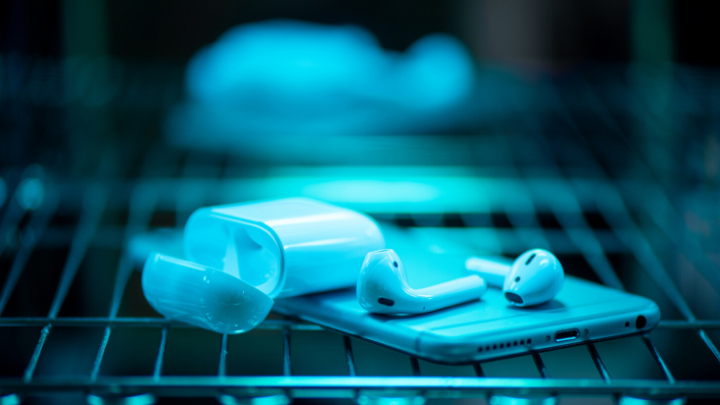
Types of UV radiation
UV-A radiation
There are three types of UV radiation in nature. First is UV-A , which constitutes the vast majority of ultraviolet radiation reaching the Earth's surface. It is able to penetrate deep into the skin and is believed to be the main cause of skin aging, from wrinkles to age spots.
UV-B radiation
Another one, UV-B , can damage the DNA in our skin, leading to sunburn and ultimately skin cancer. Both are quite well known and can be blocked by most good sunscreens.
UV-C radiation
The third type, UV-C , is a relatively unknown part of the spectrum that consists of shorter, more energetic wavelengths of light. UV-C is particularly good at destroying genetic material – both in humans and viral particles. Fortunately, most of us do not come into contact with it because it is absorbed by ozone in the atmosphere long before it reaches our skin.
When scientists discovered in 1878 that UVC was great for killing microorganisms, artificially produced UV-C became the primary sterilization method - used every day in hospitals, airplanes, offices and factories. Importantly, it is also used in the water disinfection process in the case of parasites resistant to chemical disinfectants, such as chlorine. While we don't know of exact studies on the effects of UV-C on SARS-CoV-2, previous experience has shown that it can be used against other coronaviruses, such as Sars. Radiation destroys the structure of their genetic material and prevents viral particles from making more copies.
UV-C can also be used to disinfect personal protective equipment used in the fight against COVID-19 , but research has shown that the virus is clearly more resistant to disinfection among hundreds of viruses tested. The amount of ultraviolet required for disinfection varied greatly, depending on factors such as the shape and type of material the virus was on. Nevertheless, UV-C light is now on the front line in the fight against Covid-19. In China, blue light illuminates entire buses every night, and squat UV-C robots clean hospital floors every day. Banks even use light to disinfect their money.
Disinfection of rooms with a UV-C lamp
UV-C lamps can be a convenient form of disinfection of company premises or service premises. Onninen's offer includes radiation sources and disinfection fixtures from leading manufacturers such as PXF , LUG and Lena . If you have any questions or need help in selecting products, please contact our technical support department.
engineer Jan Wiśniewski
Technical and commercial advisor, designer DDT Onninen
The mechanism of action of UV light
UV light is electromagnetic radiation with a wavelength shorter than visible light but longer than X-rays. Wavelengths from approximately 200 nm to 300 nm are strongly absorbed by nucleic acids. The absorbed energy can cause damage to DNA. Such damage prevents replication or may prevent the expression of essential proteins, causing death or inactivation of the organism.
Artificial sources of UV-C radiation
- Low-pressure mercury lamps emit UV light in the 253.7 nm band.
- Ultraviolet light-emitting diode lamps ( UV-C LED) emit UV radiation at selected wavelengths from 255 to 280 nm.
- Pulsed xenon lamps emit UV light across the entire UV spectrum with maximum emission near 230 nm.
The UVGI system is available in the form of exposure lamps and in the form of flow disinfection, where forced air circulation is sterilized in a closed chamber. In the second variant, it is possible to use the luminaires in the presence of people indoors.